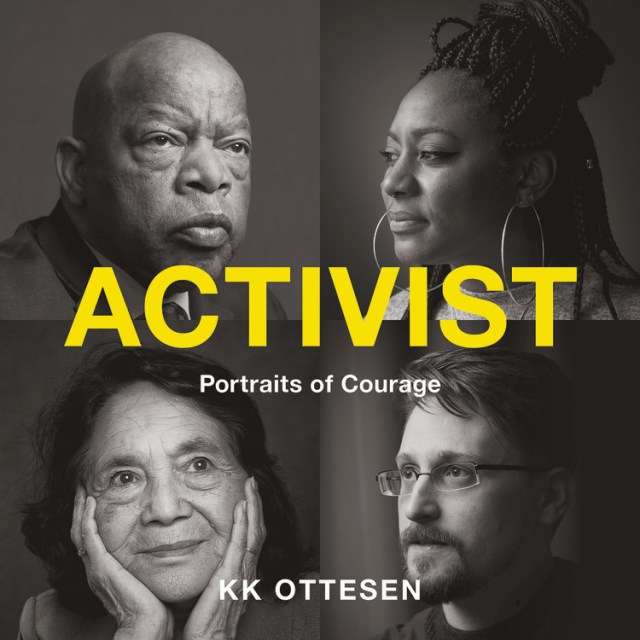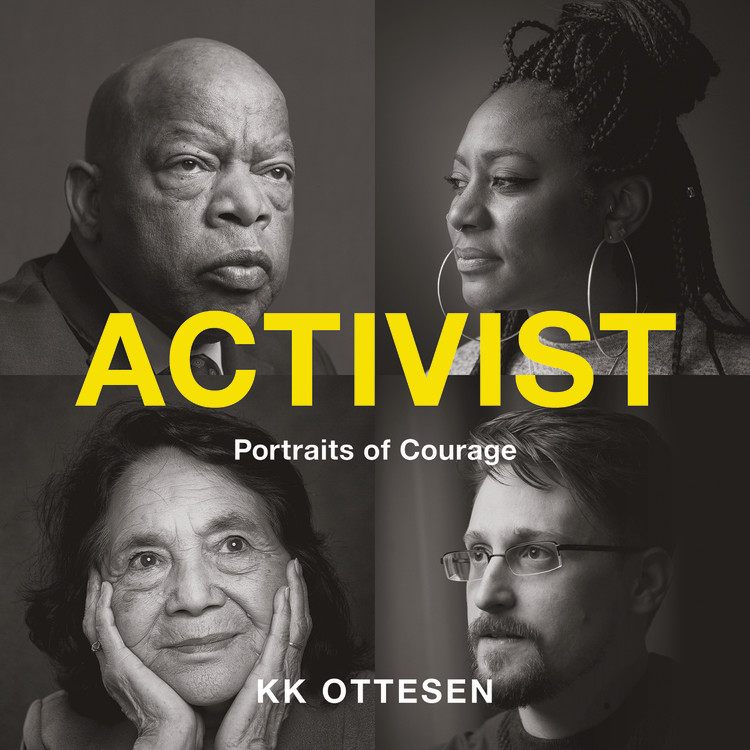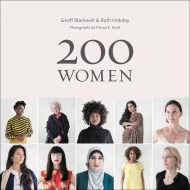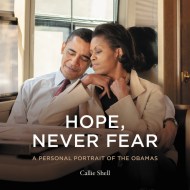Promotion
Use code MOM24 for 20% off site wide + free shipping over $45
Activist
Portraits of Courage
Contributors
By KK Ottesen
Read by KK Ottesen
Formats and Prices
Format
Format:
Audiobook Download (Unabridged)This item is a preorder. Your payment method will be charged immediately, and the product is expected to ship on or around October 8, 2019. This date is subject to change due to shipping delays beyond our control.
Also available from:
Activism begins in small ways and in unexpected places. In this inspiring book, over forty activists from Billie Jean King to Bernie Sanders and Angela Davis to Edward Snowden recount the experiences that sparked their journeys and share the beliefs that keep them going. These are citizens who met challenge with action. Their visions for peace, equality, and justice have reshaped American society—from voting to reproductive rights, and from the environment to the economy.
Genre:
- On Sale
- Oct 8, 2019
- Publisher
- Chronicle Books
- ISBN-13
- 9781452184944
Newsletter Signup
By clicking ‘Sign Up,’ I acknowledge that I have read and agree to Hachette Book Group’s Privacy Policy and Terms of Use




